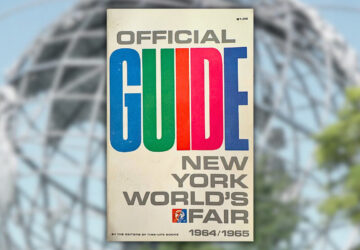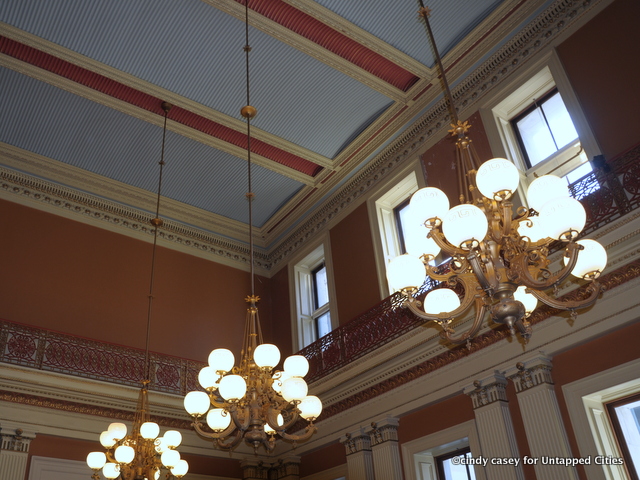The United States Mint in San Francisco, affectionately known as the Granite Lady, stands today as a result of the California Gold Rush.
When gold was discovered in 1848 at Sutter’s Mill in Coloma, California, the great gold rush began, and with it, a need for financial institutions. A mint was necessary to convert the miners’ gold into coins. Without a mint in California, all gold was shipped to Philadelphia for coining, a dangerous and expensive effort. On July 8, 1852, President Millard Fillmore signed an act authorizing the building of a mint in the state of California. The California legislature approved a resolution on April 9, 1852, that this new institution, The Federal Mint, be placed in San Francisco.
The first San Francisco mint opened in 1854 on Commercial Street. Unfortunately, it proved inadequate, especially after the discovery of silver in Nevada’s Comstock Lode. A larger building was needed.
On February 5, 1867, the lot at the corner of Mission and Fifth streets was purchased for $100,000. An additional $300,000 was allotted for the building, but the actual final cost of the building was $2.1 million.
Supervising architect of the Treasury Department, Alfred B. Mullett, designed the building in the Greek Revival Style-often used for federal buildings. Greek Revival structures are characterized by architectural elements reminiscent of classic Greek temples.
The foundation of the Mint consists of four-foot thick granite blocks from the Griffith Quarry in Penryn, California. The granite is interlaced with 2-inch iron bars. This not only gives the mint a sound footing for earthquakes but also deters any would-be tunnel-digging thieves. (The cornerstone of the building is still a mystery. Reportedly laid during a Masonic ceremony and filled with gold coins struck at the Mint, neither the stone nor the coins have ever been found.)
Above the granite, the building is clad in sandstone from Newcastle Island in British Columbia.
When entering the building you walk through six sandstone hexastyle Doric columns holding up a simplified entablature with an undecorated pediment and a frieze with triglyphs: all elements that typify the Greek Revival Style.
The vaults are on the ground floor. They line both sides of a central corridor and were used to store coins made of gold and silver. In the late nineteenth century, paper currency was a rarity this far west.
The main floor holds the only room the public was allowed to enter. This was the Public Office of the Mint. Here business was transacted under the watchful eye of guards patrolling above on a highly ornamented catwalk. This floor also housed the Gold Ingot Room, the Gold Vault and the Stamping Room (where the coins were made).
Beautifully ornamented brass lighting fixtures are the only decoration in the building outside of the Public Office.
The San Francisco Mint held a highly esteemed place in the United States Treasury. In 1877 alone, the San Francisco Mint produced $50 million worth of coins. During the 1930s, more than one million came through the receiving rooms, and in 1934 one third of the entire country’s gold was housed in the San Francisco Mint.
The Mint rode out the earthquake of 1906 with very limited damage. Employees with hoses saved it from the fire.
In 1961, the San Francisco Mint was declared a landmark; in 1969, it was declared a surplus government building.
The Mint underwent a small restoration in 1972, and the Treasury kept a small office there. In 1998, the Mint was placed on the National Register of Historic Places. In 1994, the U.S. Treasury closed the building for seismic and security reasons. The Granite Lady sat empty, her sandstone slowly eroding.
In 2003, the San Francisco Museum and Historical Society was granted a 66-year lease and began a drive to restore the Granite Lady. It is estimated that the renovation will take $90 million. Phase I, at a cost of $13 million has been completed, and funds are being raised for Phase II. At the end of Phase II, the building will be partially open to the public.
The Mint is available for private parties, and is opened once a year by the San Francisco Museum and Historical Society for a History Expo.
The San Francisco Mint [Map]
88 Fifth Street
San Francisco, CA
Follow Untapped Cities on Twitter and Facebook. Get in touch with the author @PQPP3.










